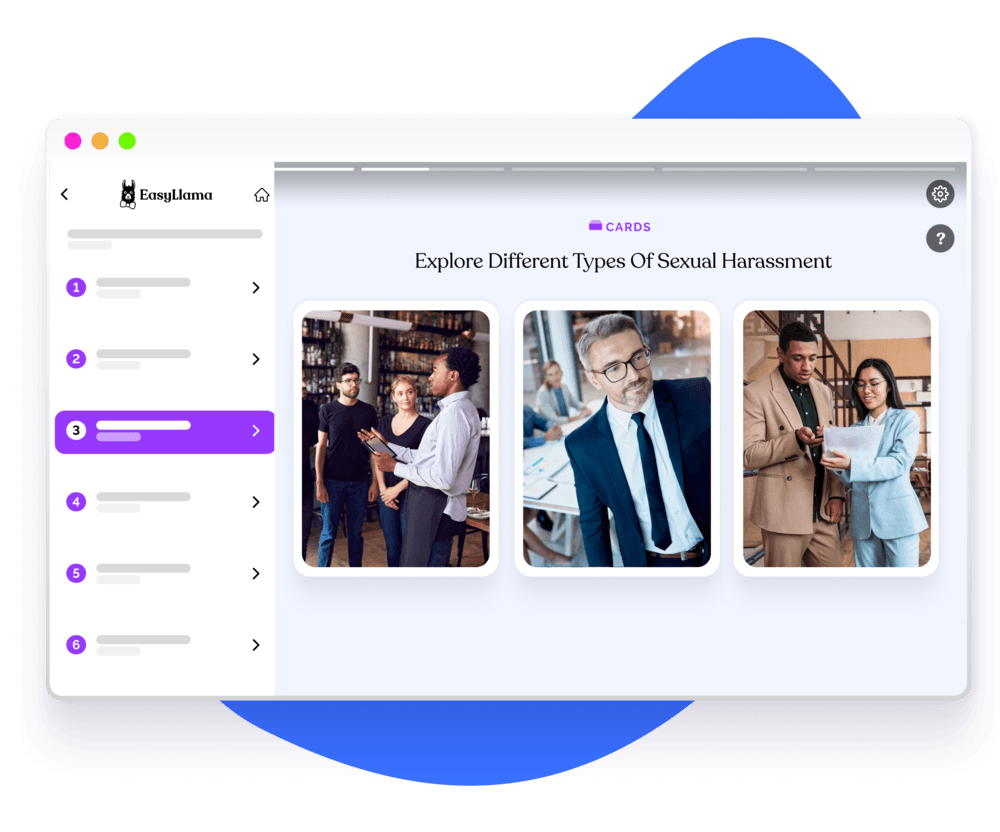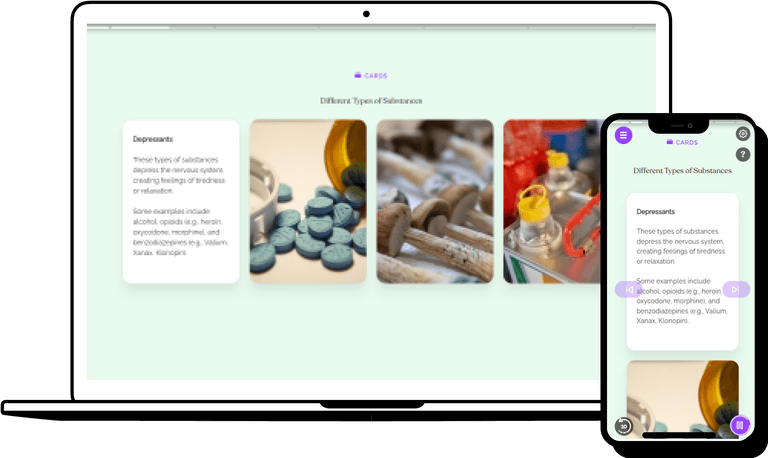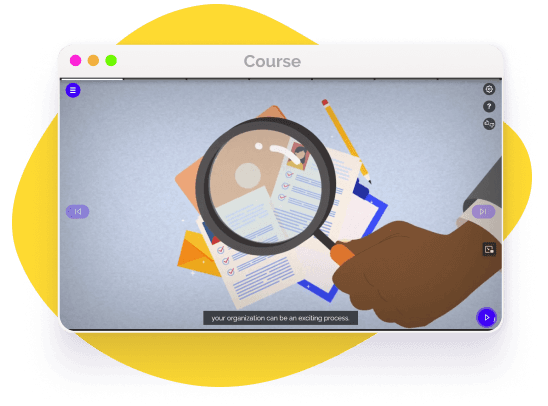Substance Use Disorders (SUDs)
Discover insights into the impact of substance use disorders on the workplace, and how to create a safe and healthy workplace environment for employees.

When Substance Use Becomes Substance Use Disorder
When substance use becomes a disorder, it is no longer a voluntary behavior and the person is unable to control their use. They may experience intense cravings for the substance, and find it difficult to limit their use despite the adverse effects it has on their health, relationships and job.

As researchers and physicians studied the disease model of substance use disorder, they came to understand that there are additional factors that contribute to its development, so they created another model: the biopsychosocial model. Like the disease model, it includes biological factors, but it also includes psychological, cognitive, social, cultural, and environmental factors.
Sociological factors contributing to the development of an SUD include things like someone’s environment, family, and peers.
Biological factors that influence SUD include neurological factors, brain chemistry, and genetics. Research suggests that up to half of a person’s risk of developing an SUD depends on their genes.
Psychological factors include things like peer pressure or experiences of trauma. And things like emotional distress, anxiety, and depression can also contribute to the development of an SUD. Many people who develop substance use disorders also have a co-occurring mental illness, such as major depressive disorder, an anxiety disorder, post-traumatic stress disorder, or bipolar disorder.

Common Misunderstandings About SUDs
Common misunderstandings about Substance Use Disorders (SUDs) are that they are a moral failing, or that the individual is “weak-willed” for not being able to quit using a substance on their own. In reality, SUDs are complex medical conditions that can be caused by a variety of factors such as genetics, the individual’s environment, or even a combination of both.
Examples of SUDs and Associated Substances
Substance Use Disorders (SUDs) are a group of mental health conditions that involve the misuse of substances such as alcohol, drugs, and other substances. Take a look at some examples:
Here are some myths to look out for:
- -
Opioid Use Disorder : Heroin, hydrocodone (e.g., Vicodin), oxycodone (e.g., Oxycontin, Percocet), morphine, codeine, fentanyl
- -
Alcohol Use Disorder : Beer, wine, liquor, etc.
- -
Cannabis Use Disorder : Marijuana and marijuana-related products
- -
Stimulant Use Disorder with a Amphetamine-Type Substance : Methamphetamine, sometimes called meth, and amphetamine, sometimes called speed

Discover the impact of SUDs in the workplace through employee education
SUDs can have a negative effect on work performance, safety, and productivity. It's important to educate employees on the signs and symptoms of SUDs, as well as the risks associated with it. By educating employees on the dangers of SUDs, employers can create a safe and healthy workplace, reduce absences, and improve productivity.

Helping over 8,000 organizations create a safer, more productive workplace
By providing learners with a more in-depth understanding of substance use and misuse in the workplace, this course empowers individuals and organizations to create a culture of support and empathy, ultimately leading to a safer and more productive workplace for all.





















